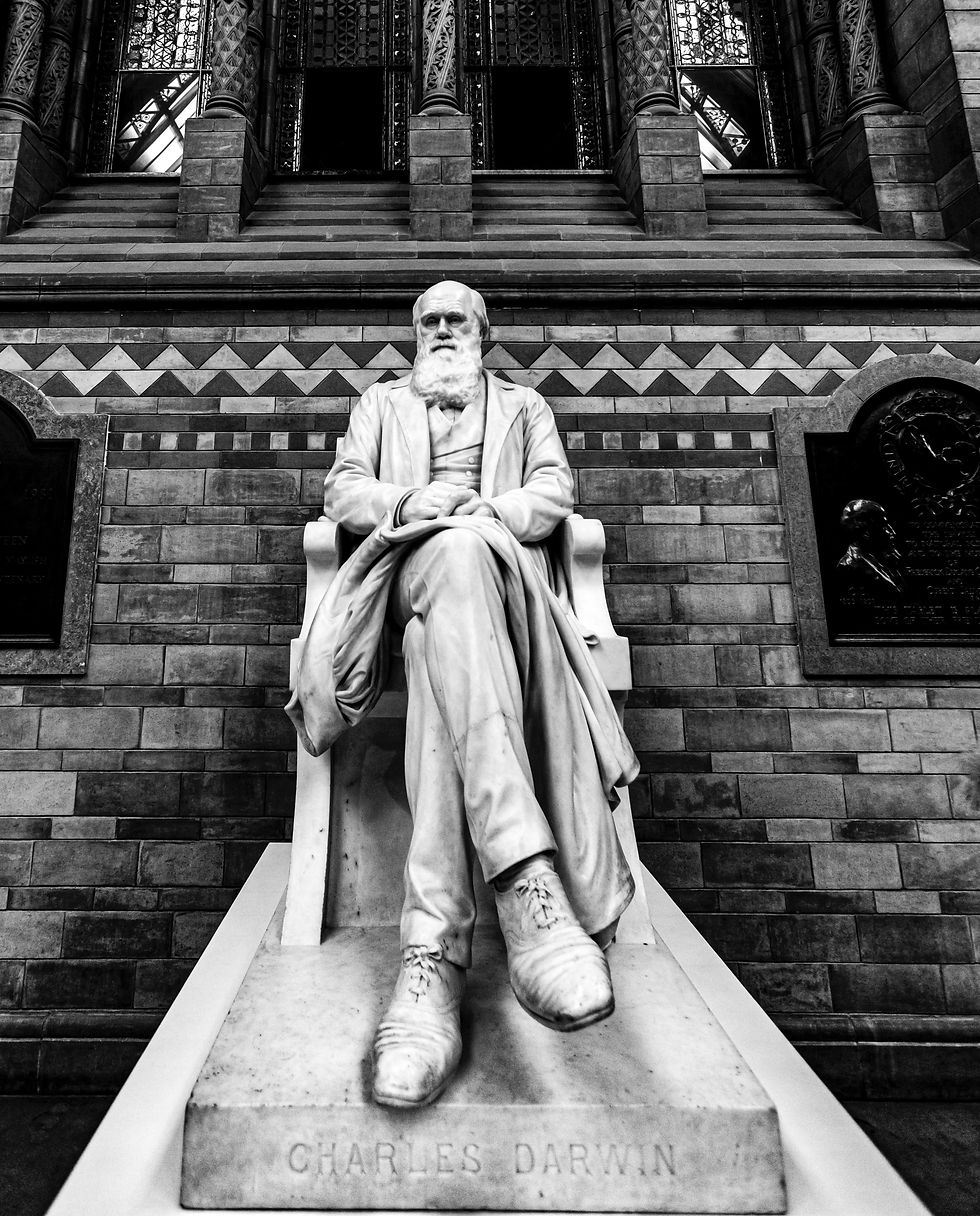Stories of missionaries: Mary Slessor
- sandra aisien

- Mar 12, 2022
- 4 min read
Updated: Dec 31, 2024
“Go therefore and make disciples of all nations, baptizing them in the name of the Father and of the Son and the Holy Spirit” Matthew 28:19

In the books of many, Mary Slessor is, without a doubt, one of the most well-known and courageous missionaries of the 19th century. From a very young age, she knew she was created for something bigger than herself; she was made to serve and devote her life to missions and the spreading of the gospel of Jesus Christ.
Mary was born in 1848 into a poor working-class family in Aberdeen, Scotland. She was one of 5 children. Her parents didn’t have the financial means to provide proper education for Slessor and her brothers and sisters; her father made and repaired shoes for a living, but he was an alcoholic and couldn’t hold a job as a shoemaker. Her mother worked as a weaver in a mill. At just 11, Slessor began working part-time in the Baxter Brother’s Mill, and she attended the school provided by the mill owners. Her family was so poor that they lived in the slums of Dundee.
At 14, Mary lost her dad and brothers to pneumonia. She became a jute worker and started to nurture an interest in missions, partly because her mum was a devout Presbyterian, and she regularly read issues of the Missionary Record, a magazine to keep people up to date on the work and needs of missionaries.
Mary Slessor put her faith in the Lord to the test when she was just a young woman by challenging a group of rough lads to come to a Sunday school where some missionaries would be speaking. The leader of the gang refused and told young Slessor to stop her preaching as he swung a lead attached to a string in an attempt to scare Mary. But with courage, Mary stood her ground and challenged the lads to come with her to church if she stood in front of the swinging lead without flinching. First, the group was surprised by her but accepted the challenge, believing she would fail.
As the lead swung closer and closer, young Slessor did not flinch nor did she budge, she said a prayer and stood her ground, to the group’s amazement, demonstrating a tremendous amount of courage and determination. She won, and the group came to church with her.
When she was 27 years old, Mary heard about the death of a popular missionary by the name of David Livingstone, and she made up her mind she wanted to follow his example by becoming a missionary herself. After training in Edinburgh, she embarked on her first missionary journey and her place of service: Calabar, Nigeria, in the region of the Efik.
In just a few years, the Lord used her in an enormous way in the lives of the villagers. She taught the women to read and helped them to trade, all while teaching them about Jesus Christ. She quickly became known and admired by many but also hated and deemed a threat to the traditions the land had known for hundreds of years. A lot of women found refuge in her home, and Mary Slessor never turned away anyone who needed her help.
In 1888, the killing of twins was a common practice in Okoyong Territory (modern-day Nigeria) because it was widely believed that “twins were a bad omen and they brought devastation upon a society.” The mothers of the twins were put to the test called “poison of truth,” which was believed to prove their innocence if they survived, but in worse case scenarios, both mother and twins were put to death. Historically, some African tribes use the user bean, also known as the Calabar bean, for these practices. This bean supposedly could identify witches or people guilty of a crime. In other situations, people who were accused of committing any wrongdoing were forced to take the test of boiling oil. Another heinous practice was the killing of a chief’s entire family following his death. This was done on the pretext that the chief would have people in his next life to care for him.
Most of these conflicts and crimes could have been settled by merely listening to the parties involved and wisely discerning each matter. A method the people of the village would later start implementing, thanks to Mary Slessor.
Slessor devoted her life as a missionary rescuing twins on the verge of death; she adopted as many children as she could, cared for the sick, and ended the practice of poison drinking to determine one’s innocence or guilt. She rescued children from infanticide and taught them the value of human life and hard work. She taught women to trade with other neighboring villages, and the list goes on.
She was willing to go to the ends of the earth to bring the Truth of the Gospel to people, even though she knew the risks. She abandoned comfort and chose the harder path, and she knew that would bring God glory.
Knowing there are were and still are women like Slessor gives hope, and this should push us to be more zealous for the things of God and profess our faith unapologetically.



Comments